Anxiety
- By Healthy Living Liberty Lake
- •
- 19 Sep, 2017
- •

Have you ever felt the symptoms of anxiety? A feeling of anxiousness, perhaps for no particular reason. Racing heart, feeling frazzled, waking at night startled, panic attack, explosive diarrhea without warning, jittery, sweaty palms, feeling faint, nauseous, mind races at night and won’t allow sleep, clenching of the teeth? If so, you know how devastating these symptoms can be and how negatively they can impact your life.
There are a number of treatments for anxiety, most involving pharmaceutical drugs that may or may not work and may or may not be addictive in nature. It is important to treat anxiety, not just to diminish symptoms and improve quality of life, but to improve longevity.
A recent study conducted by researchers from the University of Southern California has discovered that “frantic and frazzled people” have a 48 percent higher risk for dementia, compared to those who do no frequently experience feelings of anxiety. USC-led researchers studied 28 years of data from Swedish Adoption Twin Study of Aging, overseen by the Karolinska Institute of Sweden. The research included 1082 participants who were either fraternal or identical twins. Participants answered several questionnaires, completed in-person tests every three years, and were screened for dementia throughout the process. Numerous other studies have explored the link between dementia and psychological variables, such as depression and neuroticism. However, this study established that the anxiety-dementia link was independent of the role of depression as a risk factor.
The twin who developed dementia had a history of higher levels of anxiety, compared to the twin who did not develop dementia. To determine whether anxiety levels correlated to dementia risk, researchers compared those who reported high anxiety with those who reported lower anxiety levels. “Those in the high anxiety group were about 1.5 times more likely to develop dementia.” According to the study, people who have high levels of anxiety tend to have higher levels of stress hormones, including cortisol. There’s outward signs that chronically high levels of cortisol damage parts of the brain such as the hippocampus, which stores memory, and the frontal cortex, which is liable for high-level thinking. Natural methods to treat anxiety are many, including yoga, aerobic exercise with its production of endorphins, and supplements including lavender, L-theanine, 5-HTP, magnesium, omega 3s, chamomile tea, ginger, and valerian root, to name a few.
But the newest treatment for anxiety, which is drug-free and long lasting, is neurofeedback. Neurofeedback is a type of biofeedback, which normalizes brain wave patterns that are provoking anxiety. We do it here in the office, and start out measuring the brain waves, utilizing a qEEG, or brain mapping procedure. Then, based on the results, we can set up neurofeedback to directly change the abnormal brain waves to normal. It takes an average of 20 sessions, done twice a week, and also helps with depression and insomnia.
Symptoms such as depression, chronic fatigue, anxiety, insomnia, PTSD, and memory impairment are frequently a result of an abnormality of the EEG or brain waves. This can now be easily measured and a treatment plan devised based on results.
If you are suffering from chronic anxiety, do NOT let this continue to drain the joy from your life. There are great treatments available to give you your life back again.
By Dr. Susan Ashley, M.D.

By Dr. Susan Ashley, MD

By Dr. Susan Ashley, MD

Opiates taken long term also leads to a reduced pain threshold, meaning a person on them will feel pain at a much earlier level than someone else.
There's a lot of interest now in using cannabis to reduce chronic pain, and studies have shown they can be quite effective for neuropathy, migraines, spasticity and joint pain.
However, it doesn't always work, and now a new study shows why.
Then at the end of the 4 years, the people who used cannabis for pain had greater pain severity scores They also found that the meds and other remedies taken for pain were less likely to be effective. In addition, they had greater generalized anxiety disorder severity scores. The bottom line-- the cannabis users were not able to decrease the use of narcotics. Why?
Because of the well known fact that chronic narcotic use decreases pain threshold. In fact in some people the threshold becomes so low that even minor pains can seem intolerable. In essence, the narcotics cancel the pain relieving effects of the cannabis.
Chronic opiates should be avoided as much as possible in chronic pain. Tolerance develops quickly, addiction can occur, and pain threshold is lowered. If you have chronic pain, use other modalities first to try to alleviate the pain. This includes cannabis, acupuncture, anti-inflammatory drugs, weight loss, energy medicine, and stem cells. We have used IV stem cells for reduction of neuropathy pain with good effects.
By Dr. Susan Ashley, MD
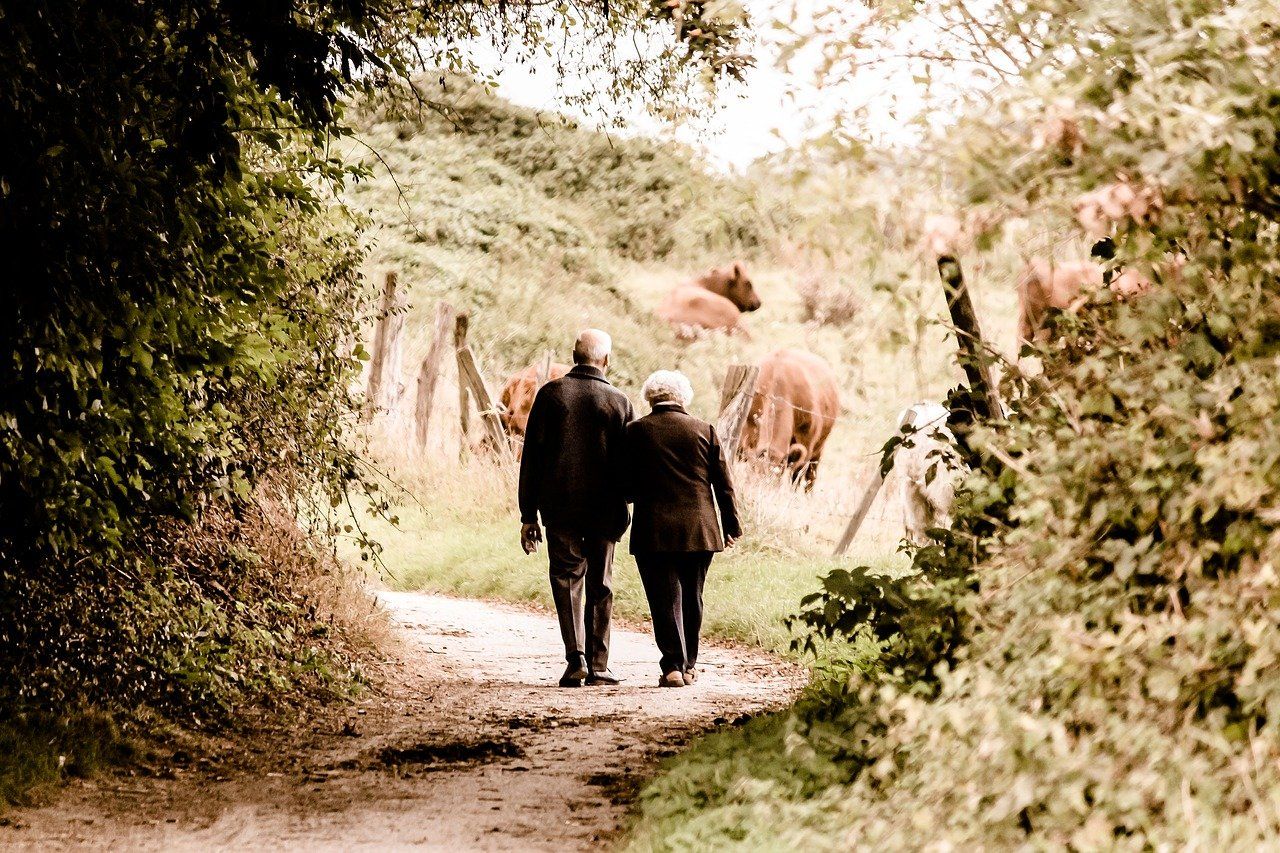
Not only that, but those who walked at a fast pace reduced their risk of death even further, by 24 percent.
All it took was putting one foot in front of the other a little more quickly!
And when the researchers zeroed in on cardiovascular disease deaths among participants over age 60, the results were even more striking.
Compared to the slowest walkers, average-paced walkers slashed their risk of dying from cardiovascular disease by 46 percent -- and the fast-paced walkers slashed it by a whopping 53 percent.
Now, the study didn't determine exactly how walking at a faster pace can add years to your life. And how fast do you have to walk just to hit the "average" mark? How brisk is brisk?
In the study, a "fast" pace was defined as one that makes you slightly out of breath or sweaty when sustained. That could vary depending on how much you weigh, how much sleep you got, how much you ate earlier in the day, etc. So there was no exact speed such as 3 mph or 4 mph.
By Dr. Susan Ashley, MD
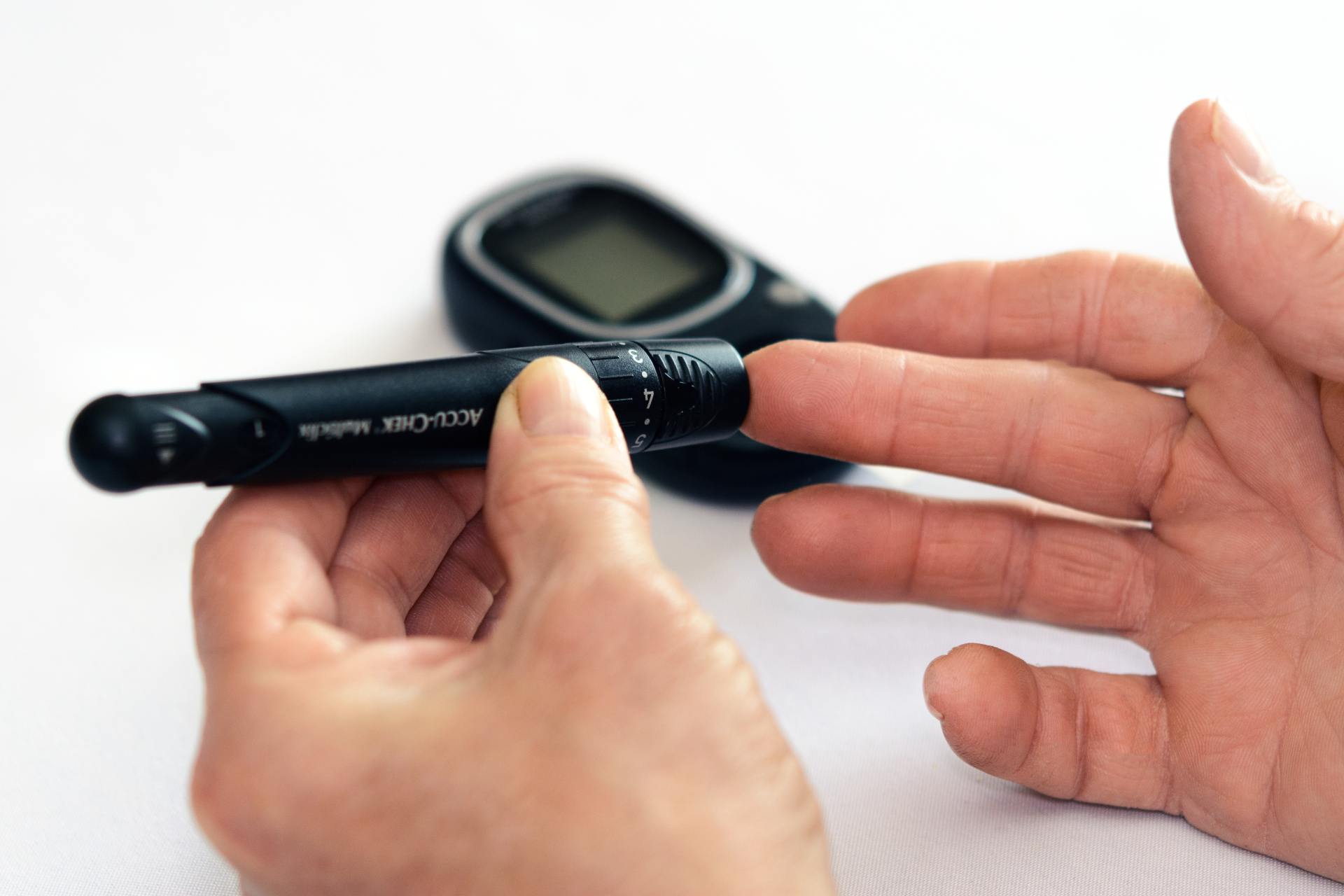
By Dr. Susan Ashley, MD
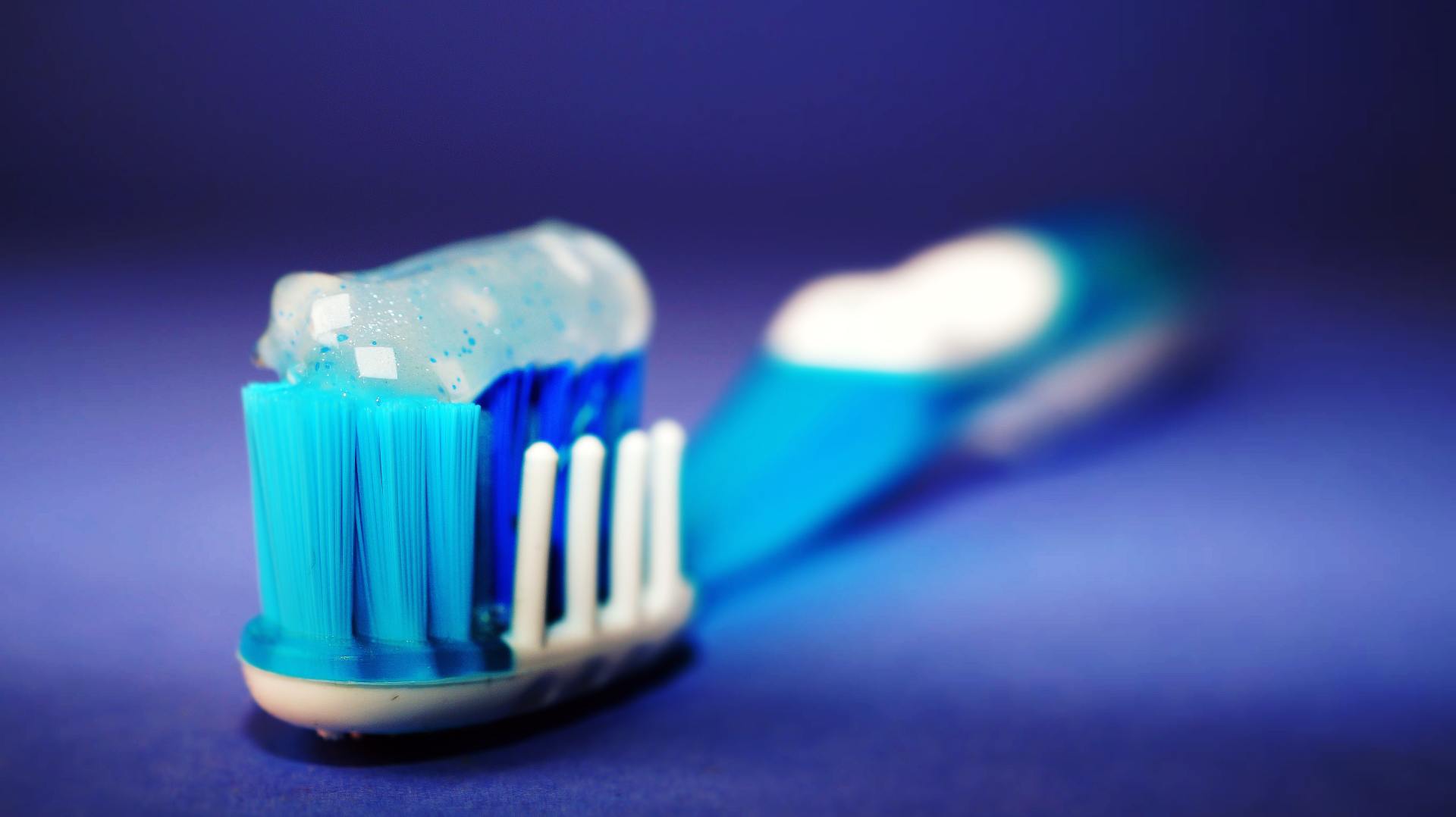
Side effects of triclosan include:
- About 1/2 cup coconut oil
- 2-3 Tablespoons of baking soda
- 2 small packets of stevia powder
- 15-20 drops of peppermint or cinnamon essential oil
- 10 drops myrrh extract (optional)
Natural Toothpaste Instructions
- Melt or slightly soften coconut oil.
- Mix in other ingredients and stir well. If using semi-hard coconut oil, use a fork, if not, use a spoon. If you are using completely melted coconut oil, you will need to stir several times while the mixture cools to keep the baking soda incorporated.
- Put mixture into small glass jar (I make different ones for each family member)
- Let cool completely.
- To use: dip toothbrush in and scrape small amount onto bristles. Could also use a small spoon to put on toothbrush.
By Dr. Susan Ashley, MD

By Dr. Susan Ashley, MD

By Dr. Susan Ashley, MD
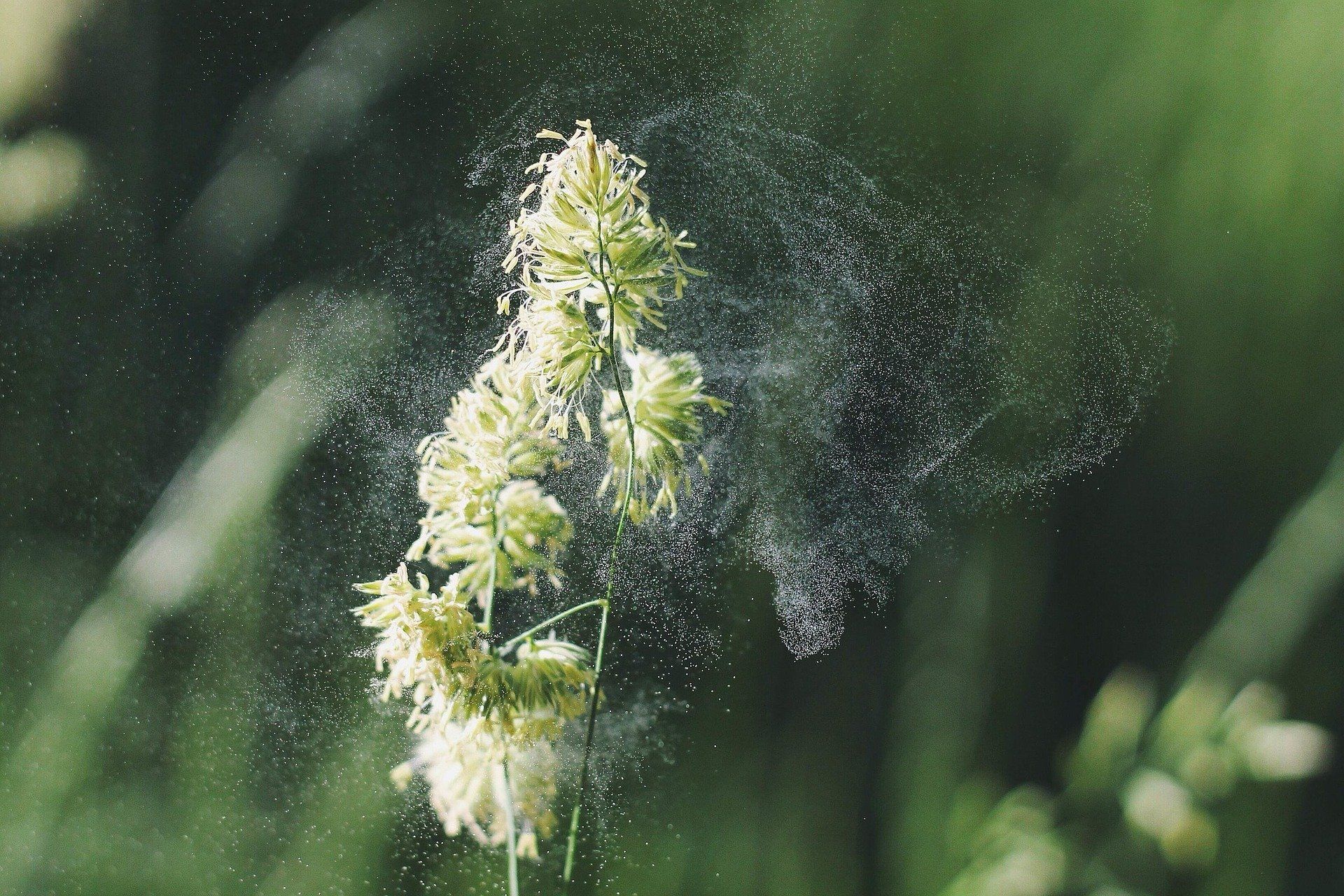
By Dr. Susan Ashley, MD
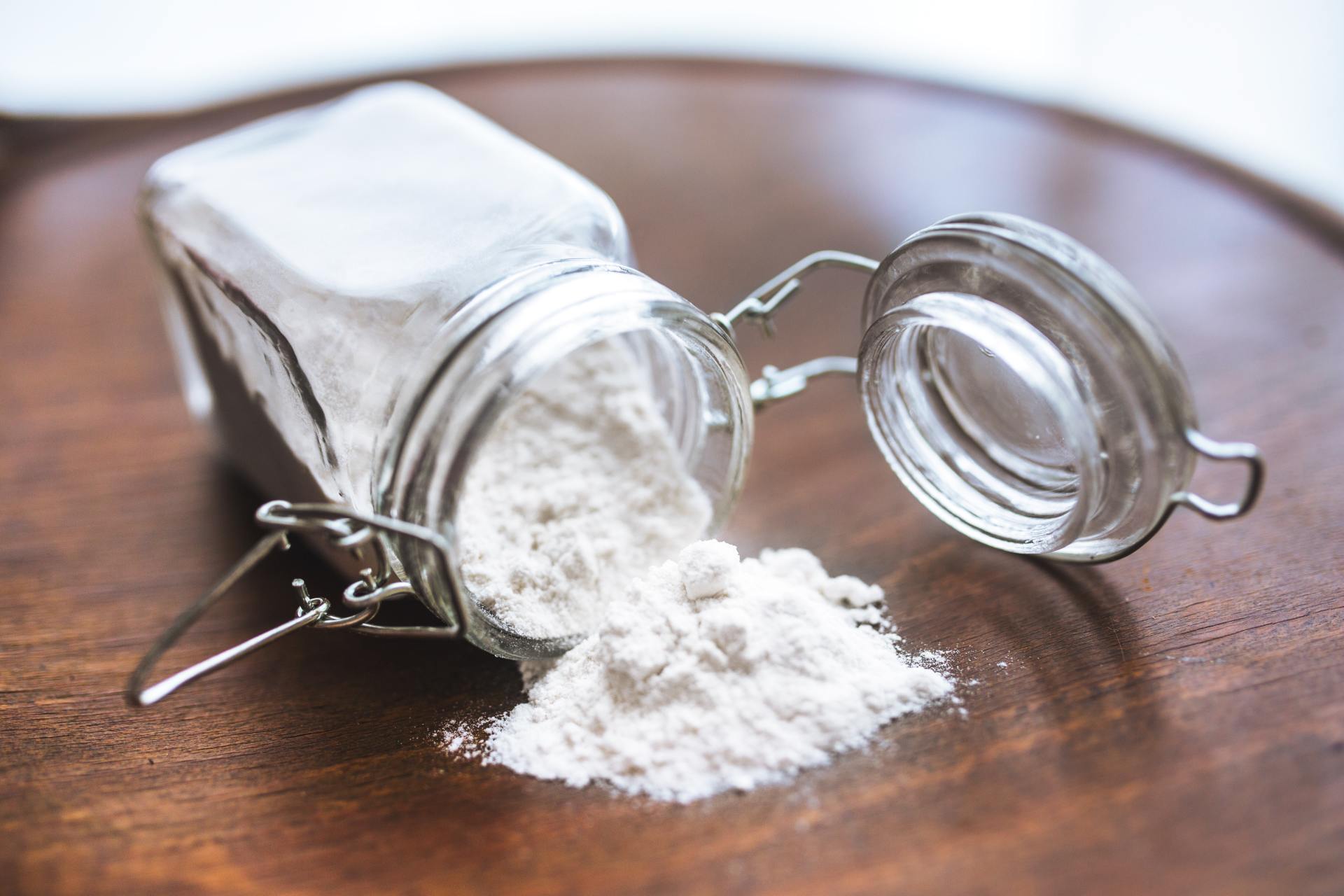
By Dr. Susan Ashley, MD
